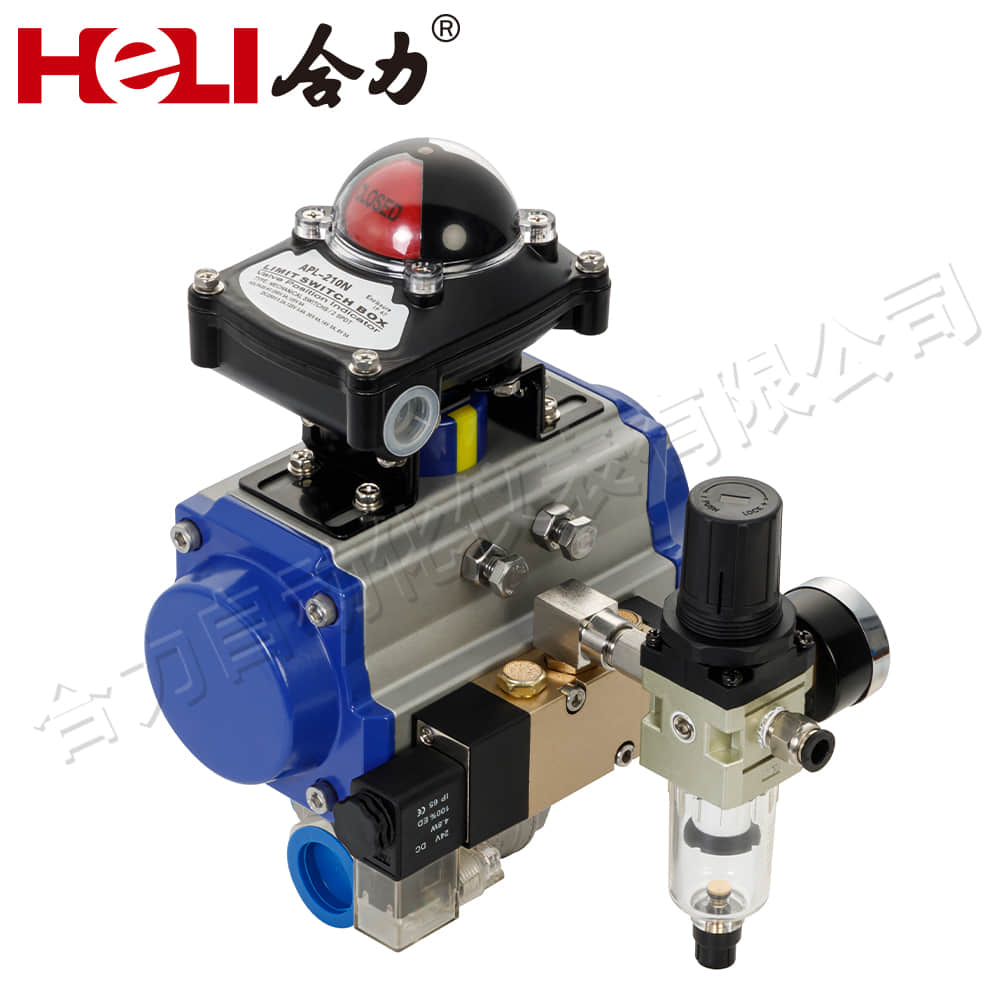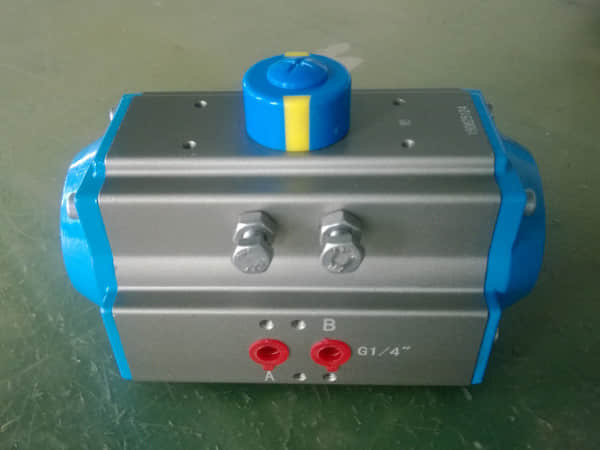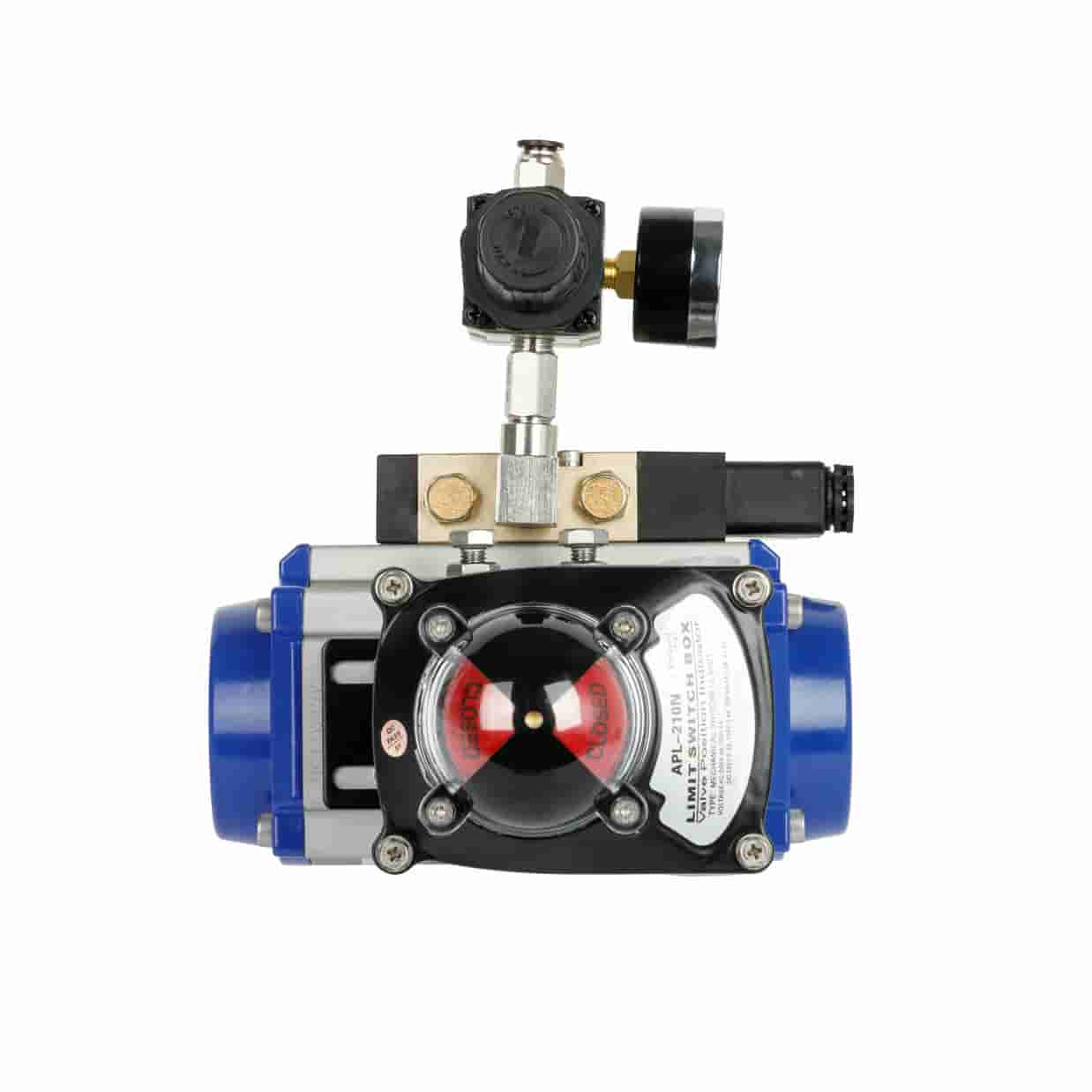understanding pneumatic actuators: mechanisms, applications, and advantages
Release time:2024-12-13 20:33:17
Pneumatic actuators are essential components in various industrial processes, converting compressed air into mechanical motion. These devices play a crucial role in automation systems, offering precise control and efficiency in operations ranging from simple valve actuation to complex robotic movements. This article delves into the mechanisms, applications, and advantages of pneumatic actuators, providing a comprehensive overview of their significance in modern industries.

Mechanisms of Pneumatic Actuators

At the heart of a pneumatic actuator lies its ability to harness compressed air to produce linear or rotary motion. The fundamental design typically consists of a cylinder, piston, and other essential components such as seals, springs, and end caps. When compressed air is introduced into the cylinder, it exerts pressure on the piston, causing it to move. This movement can be translated into either a linear motion, used primarily in applications like valve actuation, or a rotary motion, commonly utilized in devices such as grippers and rotating tables.



